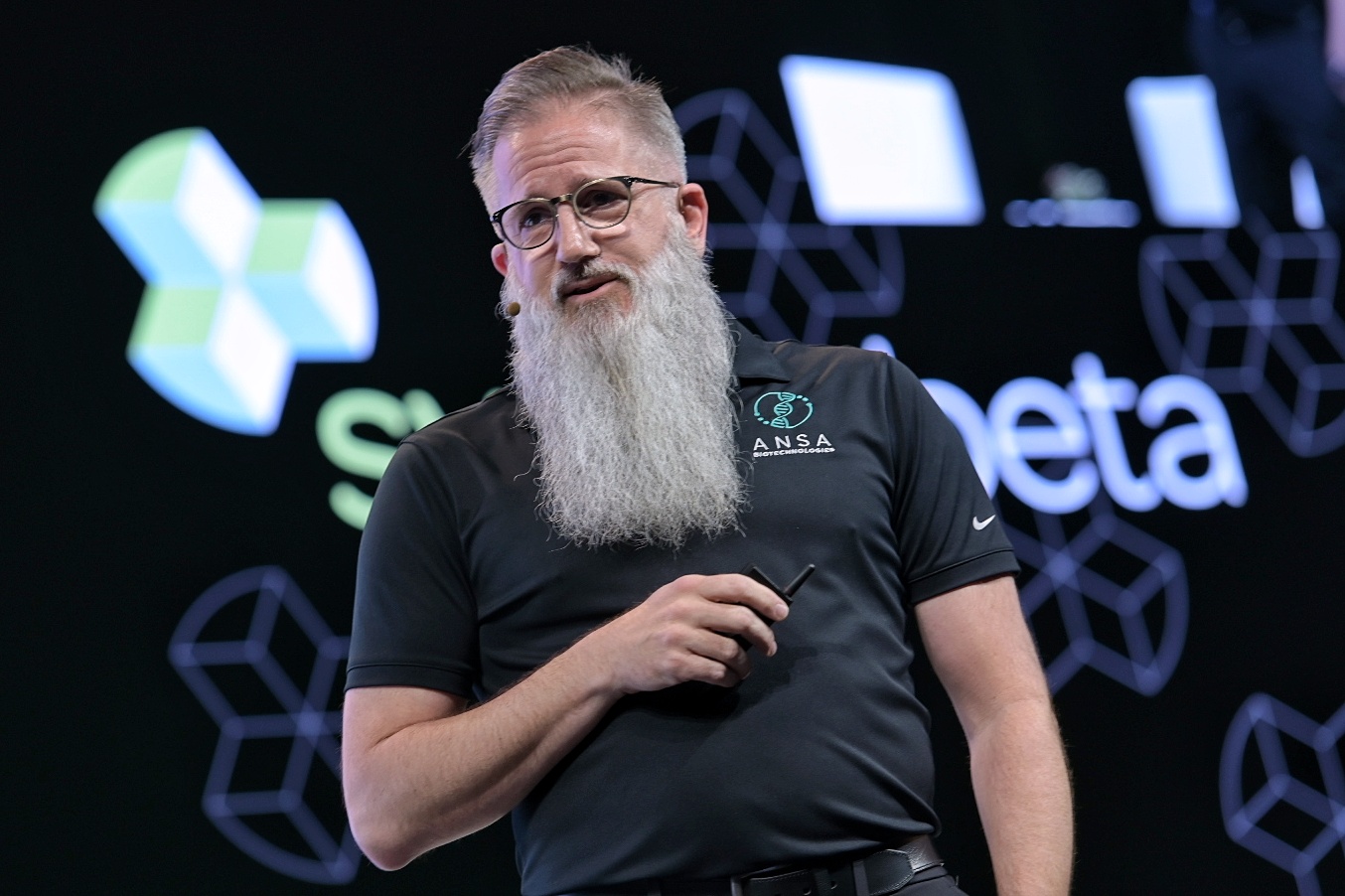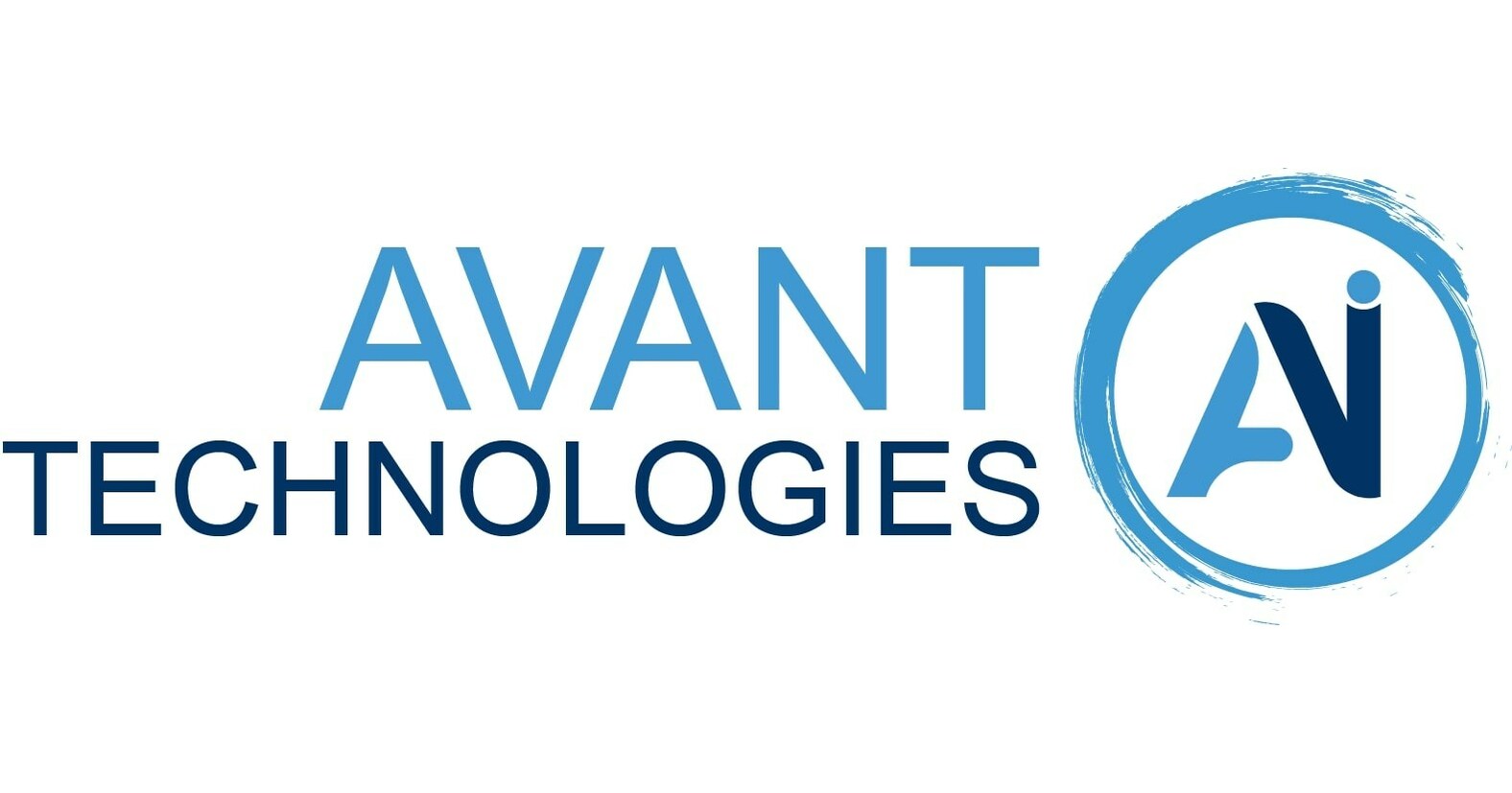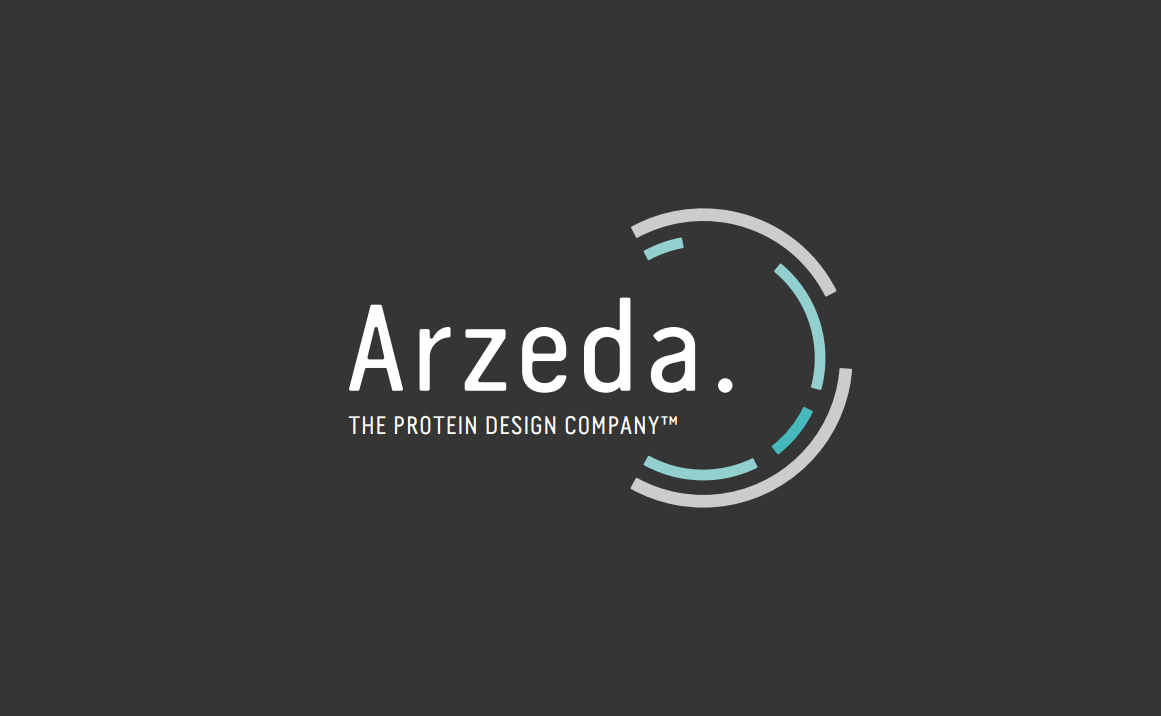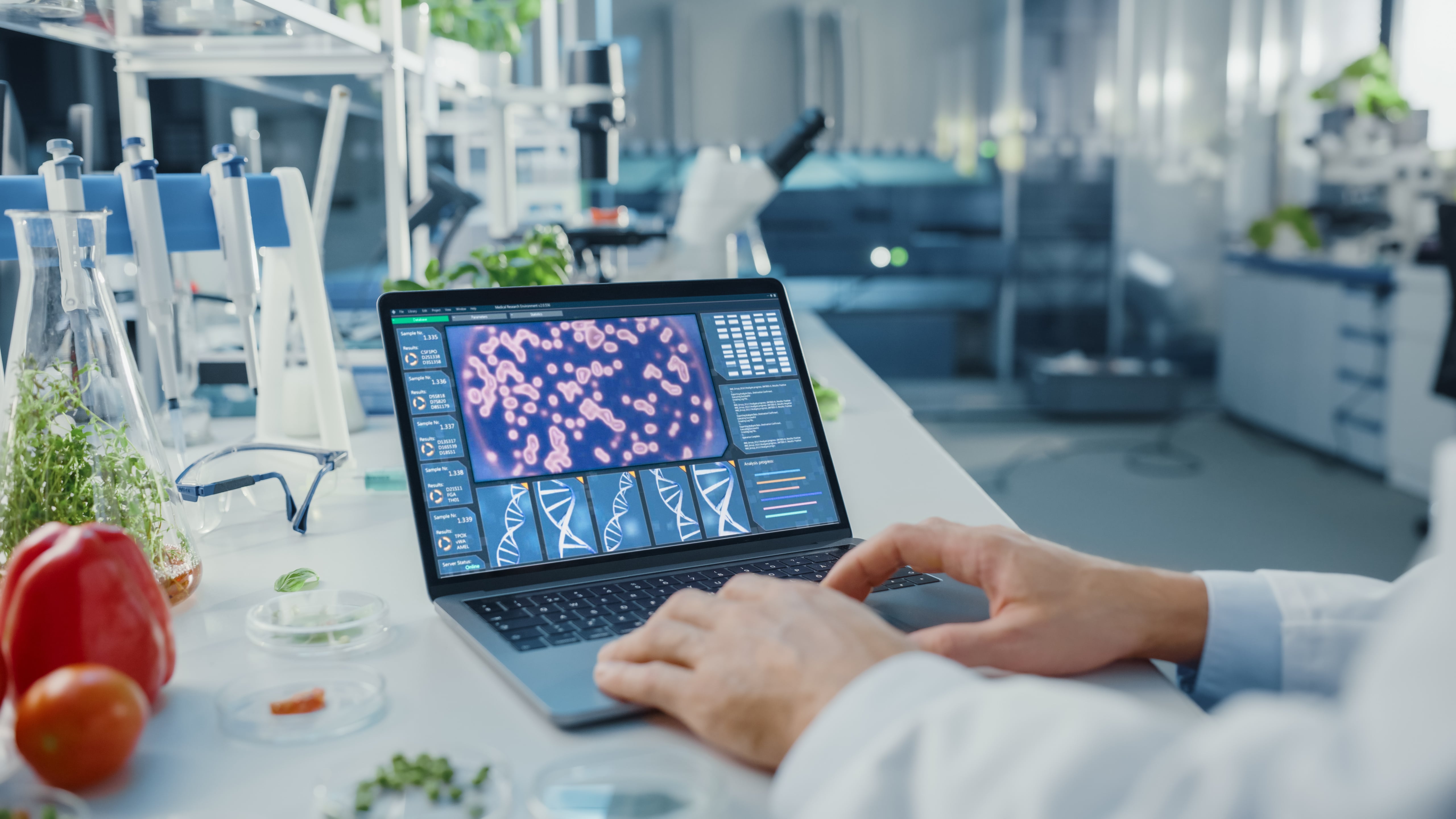Open Cell is transforming shipping containers into lab space in London
This story is brought to you by SynbiCITE, which is accelerating the commercialization of synthetic biology applications. To learn how SynbiCITE is nucleating a sustainable UK economy, visit www.synbicite.com.Open Cell is a new collaborative space for bio designers in Shepherd’s Bush London. It aims to support the London ecosystem of designers and scientists specialising on incorporating new biological techniques into material development. It’s a unique space, composed of modular mixed use areas including labs, studios and workshops. Open Cell is located within 45 shipping containers adjacent to Shepherd’s Bush Market. The team is building the space from the bottom up with a user-centric approach.

Founders of Open Cell, Thomas Meany and Helene Steiner.After running a biodesign exhibition with the Royal College of Art in White City, London, a year ago, Open Cell founders Helene Steiner and Thomas Meany saw amazing inventions from students. Sadly there were very few places for them to go. The ideas had tremendous impact but also had a need for space and specialised lab equipment. Helene and Thomas were well acquainted with this problem since they run a startup specialising in developing DNA design and prototyping tools called Cell-Free Technology.After a year of searching for spaces, writing proposals, rejections and negotiations they managed to obtain support from U+i group, a property developer specialising in regeneration, SynbiCITE the UK’s synthetic biology industry and engineering biology industrial accelerator, and the London Borough of Hammersmith and Fulham Council. However, the gamechanger came when a friend introduced them to Biotop, an Austrian science collective and architecture studio. Their collaboration began only in April but within a month the entire Biotop team flew to London to begin building labs in shipping containers.Extending the study of the Frankfurt Kitchen, the Biotop team are seeking to experiment with, and optimise, biotech lab design. The goal is a user-centric design to facilitate most efficient space usage with the lowest cost. Containers are the ideal starting point since they are readily available, easily moved and have a long history of multifunctional use. In addition, it provides a flexible testbed in which innovative lab designs can be rapidly installed and tested. New companies are designing new manufacturing techniques and this space acts as a sandbox.

Multifunctional lab bench designed by Biotop.The members of the Biotop team have diverse backgrounds, including biology, chemistry and architecture. This leads them to question everything and take a very unique approach to design. Ralf Bleim, an architect in Biotop describes the way he engages with bottom up design: “Maybe the biggest challenge is to put all the people on the same table for hours and discuss with the scientists why they put things from there to there or a tube from there to there, because sometimes it seems like just a shelf… Build a shelf, and it should look fine. But to them it is not a shelf, it is more.”

Ralf Bliem, Architect and member of Biotop, Austria.In a way it makes perfect sense since the startups and designers who will move base themselves in Open Cell are working in a very unusual discipline. They are bridging the fields of technology, biology and design. As an example, one designer, Alice Potts, has been working with food waste to find way to upcycle it into fashion. This type of approach is central to the style of businesses that Open Cell hopes to support; ecologically sustainable manufacturing methods and circular product life-cycles along with data-driven research are essential ingredients in designing new materials.In addition, new biotechnology tools have emerged that provide detailed genetic information to researchers to help provide a quantitative picture of processes and methods to improve them.

Louis Alderson-Bythell and Alice Potts, BioDesign Challenge alumni at the opening of Open Cell.Prof Paul Freemont and Richard Kitney, Co-directors of SynbiCITE, Imperial College London describe the potential impact of this space: “We are seeing the emergence of a world leading bio-economy in the UK developing ecologically sustainable materials and products. We are also seeing new companies popping up in unlikely places, outside the traditional University environment. By supporting Open Cell we hope that early stage innovators can propel their ideas to prototypes faster than ever before. We are also particularly excited about the opportunities for collaboration between designers, artists and biotechnologists that will make Open Cell and the UK the leading place for innovation in bio-based applications.”

Paul Freemont, Head of Structural Biology, Imperial College LondonOpen Cell held an early viewing at the end of May but now its doors are open to the public and all are welcome to participate. The team will host a venue for the upcoming London design Festival and will also play host to homegrown events like the London Biotech Week that will be held later in the year. Part of their mission is to increase understanding of the impact of biotechnology and invite debate and discussion around its use.

First viewing of the lab during the opening of Open CellThe space is embedded in a location that has a long history of textile design and as Zowie Broach, head of Fashion at the Royal College of Art puts it: “Shepherd’s Bush has been a key location for textiles and materials across the history of fashion design in London. Open Cell will be a space where the innovative and the traditional can work side by side adding a new layer, in new times, in new ways.”

Zowie Broach, Head of Fashion, Royal College of ArtLearn more about the space at opencell.webflow.io and watch the making of:

Open Cell container city, Shepherd Bush, London

Open Cell container city, Shepherd Bush, LondonThis story is brought to you by SynbiCITE, which is accelerating the commercialization of synthetic biology applications. To learn how SynbiCITE is nucleating a sustainable UK economy, visit www.synbicite.com.Thomas Meanywill be speaking at the SynBioBeta 2018 Global Synthetic Biology Summit in San Francisco, October 1–3, as part of the Synthetic Biology Week. Register now!




.svg)









-min.png)

.gif)